This blog was written by Camilla H. Chaudhary and Aanya F. Niaz. Camilla is a PhD Candidate at the Faculty of Education, University of Cambridge and a member of CaNDER and the REAL Centre. Aanya is an Education Researcher and Advisor, who received her MSc in Comparative and International Education from the Department of Education at the University of Oxford. This blog is part of a series from the REAL Centre reflecting on the impacts of the current COVID-19 pandemic on research work on international education and development.
Identifying the problem
The current lockdown has positioned the delivery of education into unprecedented areas of innovation. Home schooling and remote learning, previously outliers of mainstream education, have become the new normal. Furthermore, the lockdown experience is strikingly different for those with social and economic privilege and those without, giving a new face to educational inequality. Are teachers engaging with their students using these new ways of learning? If so, how can they be supported in this effort and to prepare for when schools will reopen? We look at teacher training during lockdown in Pakistan and make recommendations for repositioning priorities that could be applied in other contexts.
Richer households are more able to create physical, temporal and emotional spaces to learn for their children. Contrastingly, lower-income students with crowded home environments, domestic or work responsibilities, struggle with anxiety caused by the physical and emotional displacement of lockdown. Anecdotal evidence emerging from Pakistan indicates inequality in learning deficits caused by unequal access to learning and, where there is access, insufficient evidence of actual learning. Thus, we advocate a conceptual shift from exclusively focusing on making up learning deficits during lockdown towards including training for teachers to recapture the lost time and learning post lockdown. Using examples from similar contexts around the world, we advocate the continued rethinking of education delivery to students in unorthodox and contextually targeted ways during lockdown. Additionally, we propose using similar reformative thinking and channels to deliver teacher training to teachers, specifically empowering them to improve their teaching practices with the objective of narrowing learning deficits when students return to school.
The Pakistani context

Sadia, a teacher in Abbottabad, Pakistan
Photo credit: Vicki Francis/Department for International Development
The response to closures by Pakistani schools has been mixed, depending on type. Most (83%) of the lowest income quartile children attend government schools, with the rest divided between low-cost private and other independent schools (ASER, 2018). Students enrolled in these schools are less likely to have access to devices or internet connectivity at home, or affordable data to conduct online learning. Their families may also be unable to support their learning, as household wealth is a major determinant of parental involvement (UNICEF, 2020). Contrastingly, elite-private schools swiftly transitioned to online learning, launching school-dedicated websites with digitised lessons. While the elite school enrolments represent a small percentage of school-going children in Pakistan, the existing educational inequality threatens to grow exponentially.
However, some public-private partnerships and independent low-cost schools’ networks have found innovative ways to support their students. WhatsApp groups are being used to deliver curated content to teachers who use a similar system to share teaching with students who have WhatsApp access. In a few communities, parents receive orientation calls clarifying daily lessons and how to interpret them for students. In some remote communities with no access to technology, ‘courtyard schools’ deliver half-day teaching to 15-20 students seated six feet apart. Despite evidence of such innovation and purposeful effort, it is important to remember it is limited reach and that no formal data has been collected on their efficacy.
The Government of Pakistan has launched a dedicated TV Channel ‘Teleschool’ to continue nationwide instruction. Content for Years 1 to 12 is televised, aligned to the national curriculum. Although most urban households in Pakistan have televisions, ASER 2019 finds the same in only 40% of rural households, which indicates limited Teleschool availability. Unless they have digital devices, most of Pakistan’s rural children may have no access to the content. Furthermore, there is no data to ascertain whether children are indeed watching Teleschool, and how and what they are learning from it. In a Twitter exchange with one of the authors, the spokesperson of the Federal Directorate of Education stated that they are planning to gather this data, without which it is difficult to assess the effectiveness of the Teleschool concept.
To reach those without TV access, the Pakistani Government has also established a dedicated website and a mobile phone application, allowing anyone to freely download digitised, grade-based lessons, including videos on YouTube. However, access to these resources may be more limited: only 14% of rural households have internet connection, and only 66% have mobile phones that would allow them to access the website and/or application (assuming they are digitally literate and able to afford data) (ASER 2019). Women from poor households, who tend to be more engaged in supporting children’s learning, are further disadvantaged with 30% of them finding it difficult to purchase a mobile phone or a computer (Sey & Hafkin, 2019).
Evidence of the Government’s lack of engaging teachers to support student learning is alarming. Through discussions with local non-profits partnering with, or managing government schools, it appears teachers have been asked to treat extended school closures as prolonged holidays. This suggests that the majority of the 1.4 million public and private school teachers (Alif Ailaan, 2016 as cited in The Express Tribune) are not engaged in teaching or preparing for when schools reopen.
What we are proposing?
Focusing on teacher training during lockdown, it is important to prioritise initiatives that can be effectively implemented during lockdown. We identify two areas of focus:
- Academic content design and delivery
- Empathetic engagement
- Academic content design and delivery
Re-engaging teachers now
The first and immediate objective is to incorporate teachers back into the fold of education by providing content that they can teach remotely through available channels. Such material needs to be anchored in learning outcomes that are differentiated within schools and across regions.
In Pakistan, teacher capabilities vary greatly. Furthermore, teachers are also experiencing personal and familial anxieties during the pandemic. Thus, re-engaging teachers must privilege teacher agency in accessing and making sense of teaching content. We view this as ‘empowered agency’, supported by training and access to higher-level resources and guidance.
Based on conversations with educators, two aspects of empowered agency emerge. Firstly, the content needs to be supplied in chunks with associated objectives and teaching tools clearly explained. Second, these chunks should have differentiated learning outcomes embedded, which enable teachers to assess what applies best to a particular cohort, given their knowledge and familiarity with their student populace.
Idara-e-Taleem-o-Agahi (ITA), an NGO working with the Government of Pakistan, provides an interesting example of ‘empowered agency’. They developed two sets of responses in anticipation of a lockdown. One group mapped out a communication process between all stakeholders. A second group developed learning materials, based on ‘learning courtyards’ that divide the students according to learning levels with three broad objectives: enabling student learning agency, accelerated reading and writing, and story-telling. This is provided to teachers on a weekly basis, who are thus able to assess learning through tangible benchmarks for each ‘courtyard’. Further guidance and feedback is easily available through the established communication chain.
Using technology effectively
Uneven access to technology begets the need to view content delivery both in macro and micro terms. The Government’s television and online initiatives are examples of macro content delivery. Radio programming is also underway. Such macro solutions should be utilised for teacher training lessons also.
At the micro level, ‘smartphones’ and ‘feature phones’ have become key content delivery tools. The Simple Education Foundation (SEF), a public-private partnership, manages five schools in and around Delhi. SEF created WhatsApp groups with parents, teachers, SEF representatives, and school principals. Teachers send lessons by video and then receive screenshots/videos of assignments back by individual students. Such basic back and forth allows teachers to continue the process of teaching and offer individualised feedback. The principal and SEF representative monitor the lessons and provide guidance should the teachers need it. Texts, although limiting, are used for delivery to feature phones. Such innovations can also be adapted to teacher training; they may even be more productive to train adults than young students and prepare teachers for returning to teaching.
Empowering post-lockdown teaching
The second measure is to empower teachers to teach more impactfully when schools reopen, in order to limit the learning deficit caused by the lockdown. Such training requires a nuanced approach to avoid overloading both teachers and students with unattainable learning targets.
We advocate two priorities. The first is accelerated learning that requires highlighting key subject-specific learning outcomes that teachers can prioritise. The second is remedial learning that allows teachers to allot extra time to fill learning gaps. These two priorities synergise: accelerated learning reduces required learning outcomes, making room for remedial learning to take place.
SEF’s research team created “Accelerated Learning Packets” for primary teachers to use post-lockdown, aimed at reclaiming learning gaps. Post-return learning is individualised, based on diagnostics that indicate what each student needs to attain related to cohort-specific learning levels. The requisite teacher training is self-paced online learning. Furthermore, teachers can access a toolkit from which they can take and add to the content, that is curated by the research team.
This example highlights the ‘pockets of innovation’ nature of responses to education inequality that in itself perpetuates inequality. As such, it is imperative that the government engages in wide-scale knowledge transfer and centralisation of the material being developed so as to curate and disseminate to both government and private schools.
- Empathetic engagement
Empathy is critical in reimagining post-lockdown teaching. Returning to school, students may bring an array of negative emotions to the classroom, such as trauma, anxiety, experiences of abuse, malnutrition and a loss of hope in the future. The teacher will be the first point of contact, a figure of authority and stability representing the future. Thus, it is imperative that classroom interactions are steeped in an understanding of the difficulties experienced by all members of the class, including the teacher.
In order to enable such a space, we propose that along with academic content, emotional and mental wellbeing training should be provided to all teachers. We acknowledge that such training comes with requisite responsibilities that are not easy to satisfy remotely. However, we believe that simple wellbeing teaching tools designed to produce empathetic practices in the classroom will have far-reaching effects. Such tools should be designed in conjunction with educational and child psychologists and educators to provide a balance between wellbeing goals and their practical enactment. Special focus should be towards creating an inclusive environment, highlighting differences in experiences caused by gender, disabilities and community. The Rising Academy Network, a West African non-profit, includes a mindfulness session and a health and safety message in each of its radio-based lessons, particularly focused on safeguarding girls. Such methods of wellbeing and inclusion can be incorporated in teacher training using similar channels.
Conclusion
Focusing on state schooling in the global south, our recommendations do not aspire to be utopian theoretical positionings and may not apply to many contexts. We adopt a pragmatic position on what is possible in the limited resource context that is our focus, with an understanding that the longer the learning gap persists, the greater the resultant inequality will be. Using Pakistan as a conceptualisation site, we present a means of repositioning lockdown priorities that should be transferable to other appropriate contexts. Importantly, we advocate for the government to take the lead in embracing this conceptual shift by creating and disseminating teacher training tools and materials. The government’s scale and reach can mean that a centralised repository of such resources can be made available, as well as active teacher training implemented across the country in an effort to prevent further inequality.
Acknowledgements: Our sincere thanks to the educators cited in this work for talking with us and for the innovative work they are doing.

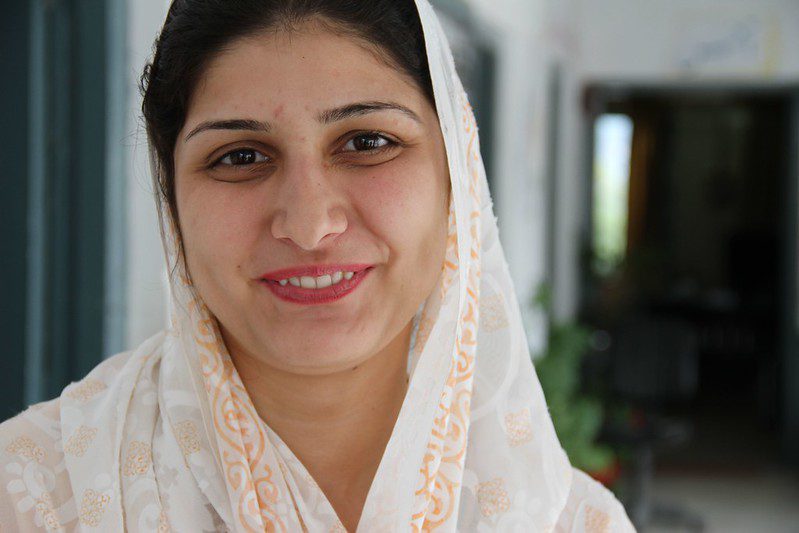
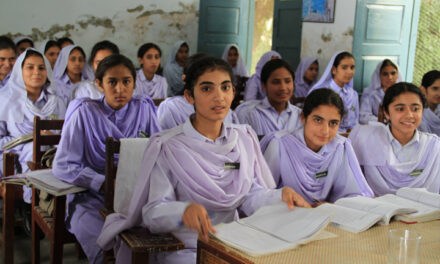
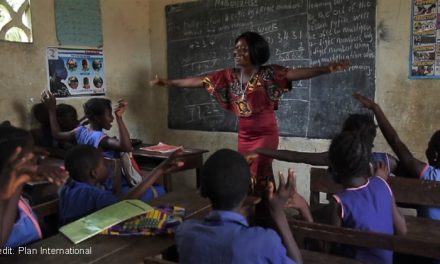
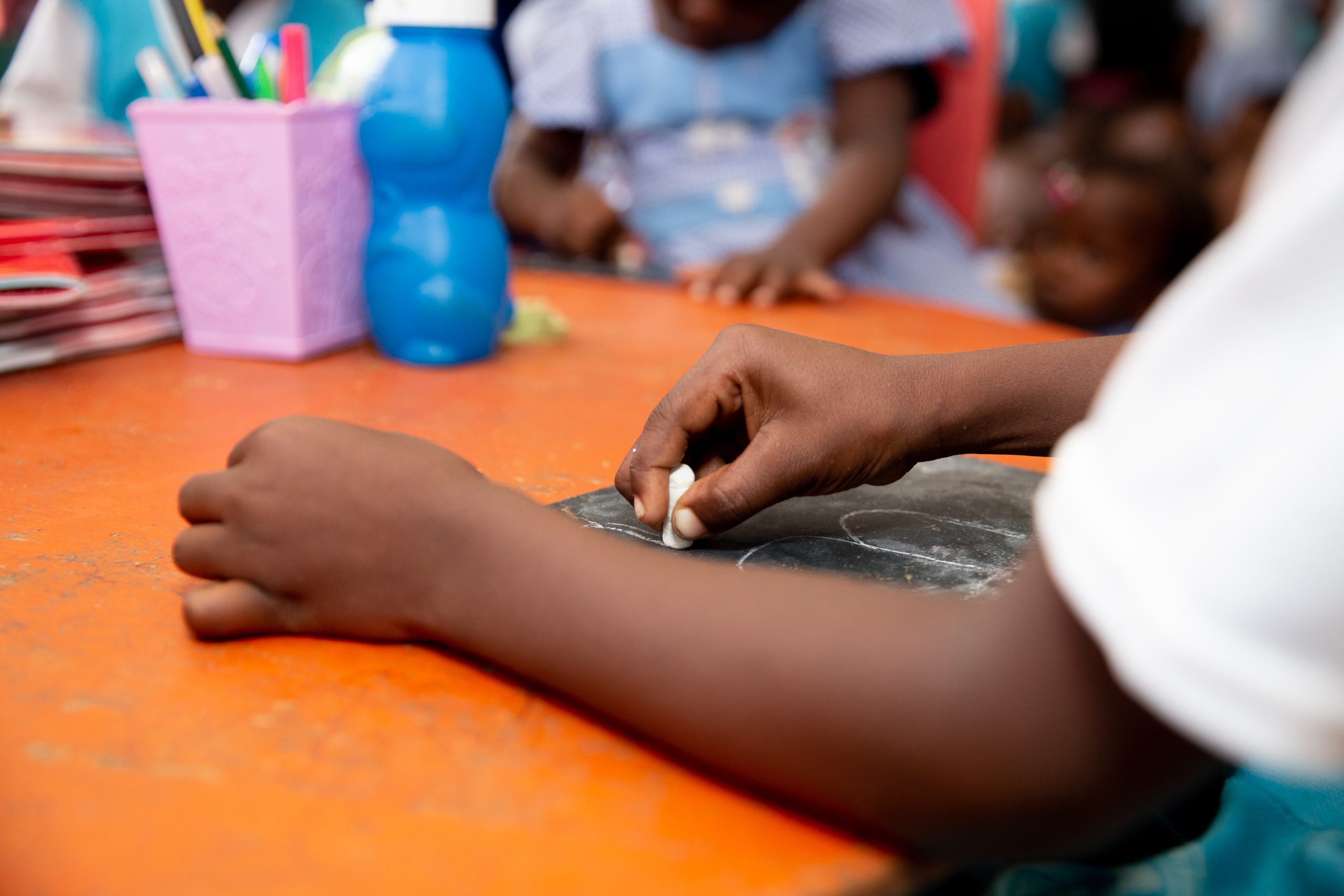
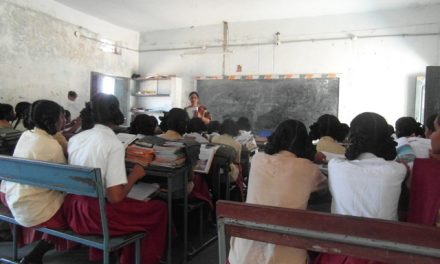
Compliments to both authors for this initiative and the very pertinent reflections and practical suggestions . As this text richly deserves the
attention of the Federal and Provincial Governments and those organizations serving education with which one has a voluntary bond , am referring this text to them and request you to send it to me on my email address as below . Well done . Keep up the good work . Adviser ,
National Curriculum Council .
Dear Senator Jabbar,
Thank you so much for your kind comments and for taking our recommendations further. I will email the link to the blog to the email on your website.
With many thanks and best wishes for Eid.
Camilla
Ms. Aanya Niaz and camilla Choudhry.
I am so sorry I could not attend the webinar due to pressing reasons.
This is a great effort based on some realistic data and is an eye opener for the government that is turning a blind eye to the gathering storm. The difference between elite and rest is yawing day by day…
The private sector was crushed and teachers rendered jobless and rudderless. Your efforts are commendable and i hope the government takes a serious view of it.
Dear Sir,
Thank you for your comment. The potential for growing inequality within education is very real indeed, and as you pointed out, the gap in learning may be greater the lower the students household income. Sadly, this seems to be true all over the world and some of our concerns are just as applicable to lower income contexts within high average income countries as they are to lower income countries.
Best wishes,
Camilla
This is a good opportunity to reform and upgrade the education system on the national level.
Absolutely agree. Hence the title of the blog. A crisis can be a time to make systemic changes to overhaul the whole education system. The unified curriculum is a start in thinking along these lines but it must be accompanied by rethinking the philosophy underlying our education system. Decision-makers, advisors and stake holders in general must ask themselves, what type of learners do we want to nurture? This also links to a wider question: what type of society do we want to create?
Thank you for your comment!
Best
Camilla